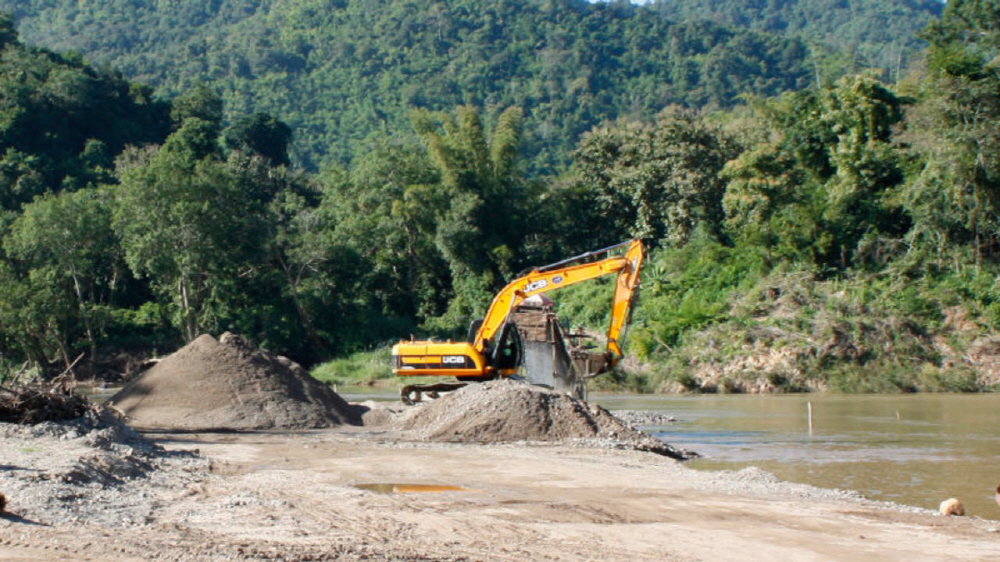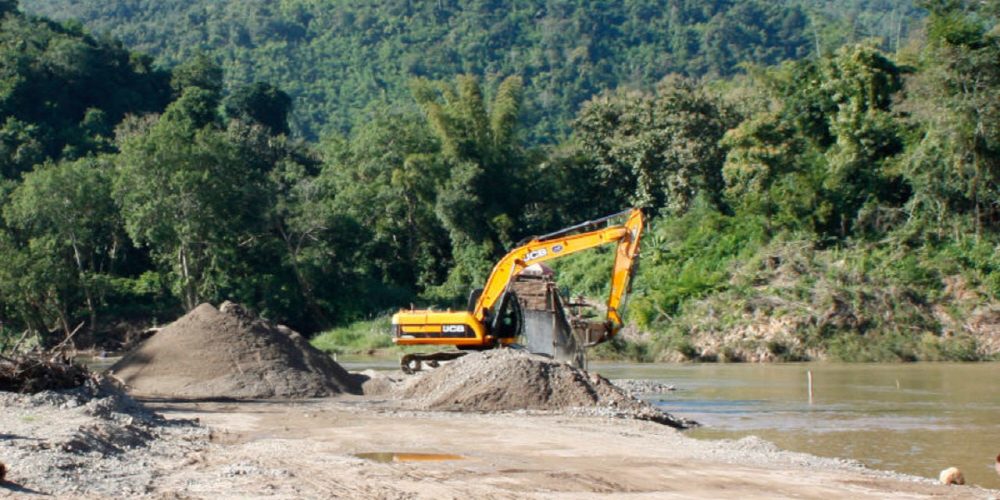
The New York Times reported in 2007 that it was already talking about the lack of sand at the time. The annual harvest of sand and gravel in the whole world amounts to 47 to 59 billion tons. Of this, 68-85% is consumed. In addition, this ratio is rising rapidly because sand is also required for manufacturing such as glass and electronic devices. In a paper published in Science in the past, it was predicted that the sand shortage would have adverse effects such as seed loss, human conflict, and habitat loss.
In fact, researchers believe that the damage caused by the Sri Lanka tsunami was more severe in the Sumatra earthquake in 2004 due to lack of sand. It is believed that the sand extraction was caused by the severe drought occurring in the Mekong Delta region. It is said that illegal extraction is behind the scenes, and the revenue generated through this alone amounts to $17 million per month.
According to a 2014 UN report, 40 billion tons of sand and gravel are harvested from the earth each year. Extraction sites are also found in quarries, rivers and, more recently, on the coast. It is said that twice as much sediment is produced in all rivers in the world. This means that the amount of sand and gravel used is exceeding the natural production.
This sand shortage is also an area that has not been studied. Sand is becoming a scarce resource all over the world. However, it is not known exactly what will happen if demand for sand exceeds supply in the future. It is pointed out that countries around the world must ensure the calculation of the earth’s sand and effectively use and reuse the sand. Related information can be found here.


















Add comment